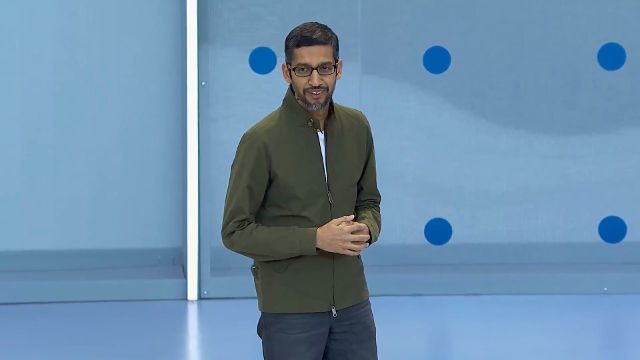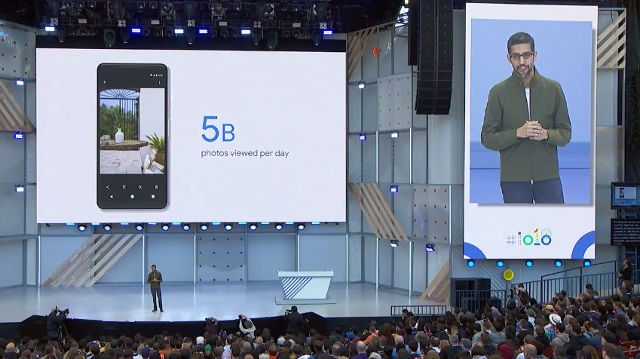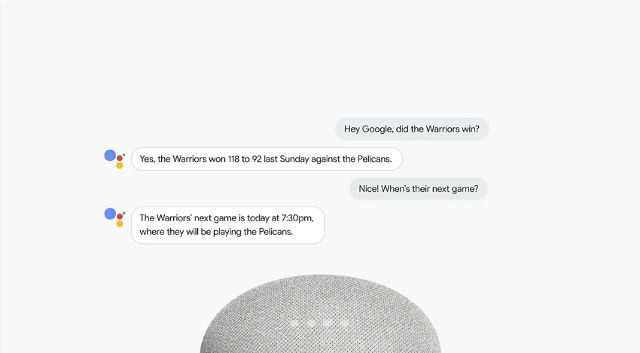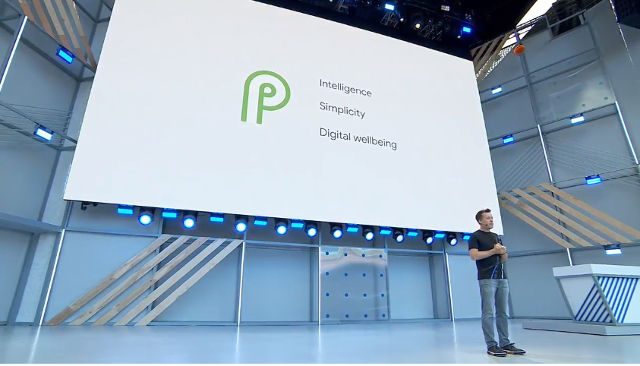SUMMARY
This is AI generated summarization, which may have errors. For context, always refer to the full article.

MANILA, Philippines – Google pulls out all stops at its annual developer conference, I/O 2018, revealing the latest details about their products and platforms that developers and users alike can all look forward to.
Sundar Pichai, Google CEO, kicked off the conference with a keynote speech and jokingly said they fixed one of the “major bugs” in their products – getting the placement of the cheese wrong in their cheeseburger emoji. Getting everyone’s spirits up, Pichai quickly began the announcements.
Google AI
Google has been making good use of its artificial intelligence (AI) and machine learning capabilities in its platforms and services by integrating it in some of its core products.
First of which is healthcare, where AI technology can help doctors better predict the likelihood of cardiovascular risks by comparing retinal scans with available data. What’s more is that Google introduced Gboard, a keyboard that supports morse code, catering to those who have disabilities or have trouble with the English language.

Additionally, Google Photos has the AI to suggest actions and tweaks in photos. For instance, an underexposed photo can be brightened by the AI with just one tap. One particular feature that drew loud cheers from the crowd is the ability to let the AI color old black and white photographs. These features is expected to begin rolling out in a couple of months.
The same AI also makes Google News much simpler and easier to digest by curating a short briefing of story content based on a user’s interests. It uses reinforcement learning to understand what users would like to read or know more about and it gets better at finding this out with every use. The new Google News is out starting today.
Lastly, Google has used its machine learning technology to better improve user interactions with Google Assistant.

Google Assistant
The unveiled improvements supposedly make the Assistant more “human”. Google has added 6 new voices for Assistant that sound a lot more like how people would normally talk. On top of this, Users no longer have to tediously say “Hey Google” every time they want to address Assistant. These conversations now flow naturally with Assistant being able to understand the nuances and patterns of complex language, which is expected to roll out in the coming weeks.
Google also announced that Assistant has a lot of control in the smart displays they’re launching in July. Users can bring up cooking recipes or watch a show on YouTube TV just by voicing their command to Assistant.
Most noteworthy of all is that Assistant can set appointments and bookings on a user’s behalf. It can seamlessly make phone calls in the background, independently converse with the person in the other line, and perform its assigned task. Google said that this innovation is still in development but, they’re releasing it as an experiment in the coming weeks.
Google Lens
Eliciting loud applause too is the announcement of the improved Google Lens that can now use a visual positioning system to more precisely pinpoint a user’s location. What this does is it estimates where a user is by using landmarks and other visual features in the environment as a guide.
Aside from this, the company unveiled that when users open their Google Lens-ready cameras information about the street and the places around it pop-up. Direction arrows are even superimposed on the screen, complete with an 3D animated guide to better help in navigation.

Android P
One of the more anticipated and talked-about announcements leading up to the event is the reveal of Android P, Google’s latest operating system. Google explains that this new version of Android is built on intelligence, simplicity, and wellbeing.
For intelligence, Android P has an adaptive battery that learns user patterns of using apps and adjusts the battery based on that in the most energy efficient way possible. It also has auto-brightness which learns a user’s brightness preference factored with the available ambient lighting.
Meanwhile, for simplicity, the new Android declutters the home screen of navigation bars and icons in favor of new gesture-based controls.
Finally, for wellbeing, Android P tracks the time users spend on their devices and makes suggestion when to stop. A Do Not Disturb mode has been added to silence any feedback from notifications or message alerts. There’s even an aptly-called Shush gesture that has users turning their devices face down on a surface to completely disable pings and vibrations.
Google I/O 2018 runs from May 8 to 10. – Rappler.com
Add a comment
How does this make you feel?
There are no comments yet. Add your comment to start the conversation.